Summary
- Developing and promoting video games comes at a high cost, with marketing campaigns worth millions.
- Meme marketing can be effective, but a failed marketing campaign can lead to lasting damage.
- Successful marketing strategies may rely on unconventional approaches, like using humor or focusing on a unique selling point.
Developing a video game is expensive; promoting it isn’t far behind. Today, triple-A games run marketing campaigns worth hundreds of millions of dollars. Reveal trailers, merchandising and paying off influencers all come at a heavy price. As audiences switch away from television and browse media at their own pace, it becomes harder to get eyes on your title.
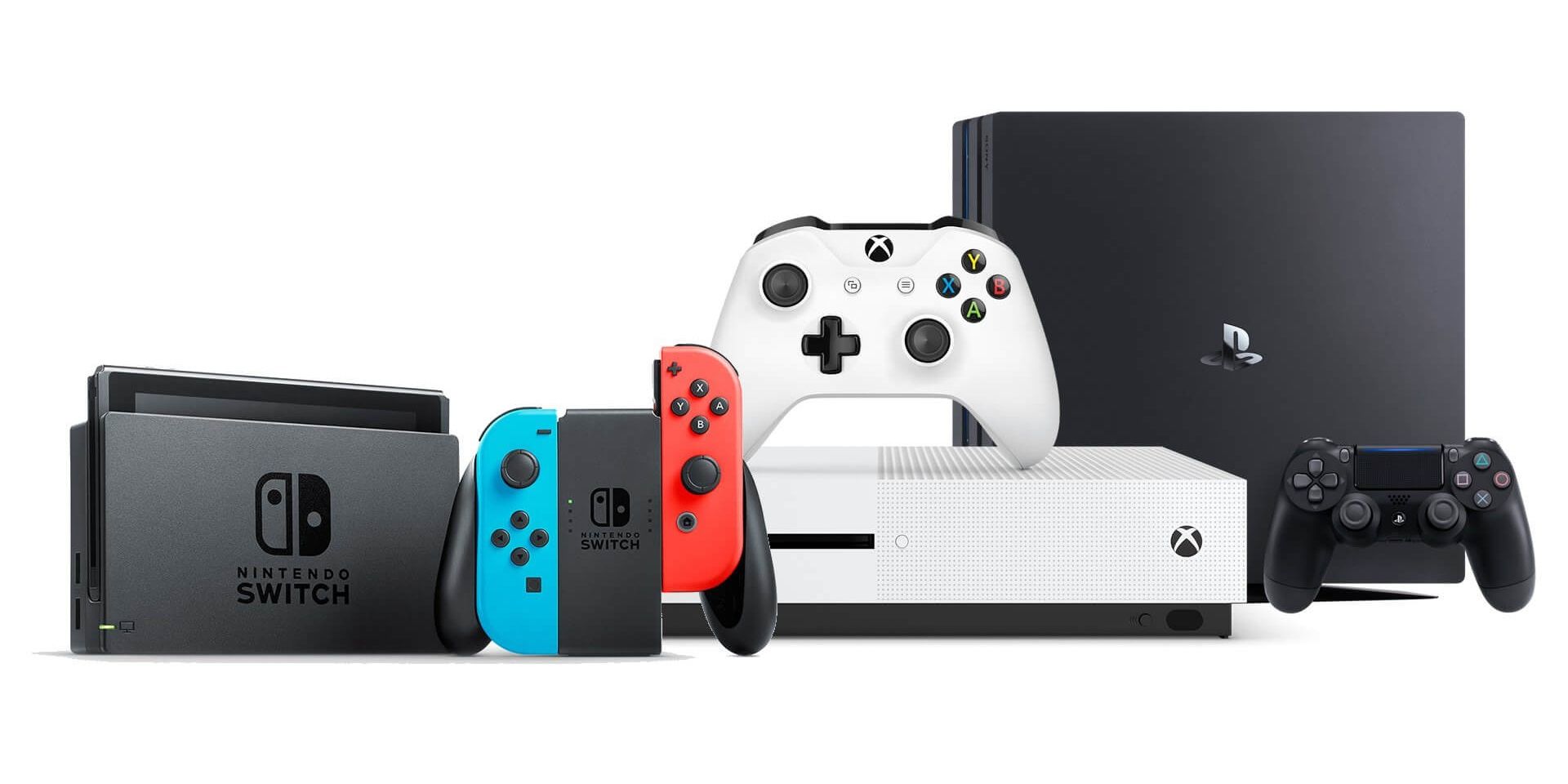
Related
Ranking Video Game Consoles By Their Launch Price (Least To Most Expensive)
Game consoles can get pretty pricey, especially expensive at launch. Here’s how these consoles compare in their launch price.
All of that can be swept away if the marketing team has one focal point they can rest on: many studios indulge in ‘meme marketing’ these days. On the other hand, if the game doesn’t live up to the hype, it can lead to derision that takes years to live down. Here are some marketing campaigns that are probably still fresh in your mind.
8
Earthbound
This Game Stinks!
Earthbound came out at a time when video game advertising relied primarily on gaming magazines. It also came out when RPGs were all but expected to have medieval fantasy settings. While the game could be marketed in Japan on the basis of Shigesato Itoi’s involvement, the North American division had its work cut out for it.
The solution: an ad that relied on gross-out humour, featuring a scratch-and-sniff sticker that released a foul stench. It was meant to convey how bad the game’s monsters smelled, but backfired: when your game already has the odds stacked against it, telling people it stinks is a bad idea. It took years before Earthbound caught on in the US.
7
Resident Evil Village
Tall Lady
Resident Evil Village’s reveal trailer was fairly balanced, featuring lycans, lords, and series stalwart Chris Redfield. The narration set up an ominous figure, Mother Miranda, as the villain. However, Capcom quickly figured out we were focusing on a very different type of mommy.
From the very first trailer, fans were enamoured with the tall and imposing Lady Dimitrescu, to the exclusion of everything else. Capcom obliged by featuring her heavily in the marketing: telling us her shoe size on social media, creating life-size statues, and generally being horny on main. Lady D isn’t the main villain of RE Village, but she is certainly the mascot.
6
Dead Space 2
Your Mom Hates This Game
- Released
-
January 25, 2011
- Developer(s)
-
Visceral Games
Rather than focus on the atmospheric horror of the first title, EA promoted Dead Space 2 on the grounds that it was so violent your mother would hate it. An entire website was set up to show middle-aged moms reacting to the game, looking horrified and asking why anyone would play it.
EA wasn’t entirely off the mark. The 2000s were the age of edge, and bad attitude marketing was still in vogue. React content would take off in the 2010s, making this campaign a pioneer. But EA generalized one demographic to appeal to another: it would have been cool to see some moms who loved Dead Space 2. Despite selling four million units, the game failed commercially.
5
Sega Genesis
Genesis Does What Nintendon’t
Nintendo had cornered the home console market by the end of the ’80s; looking to shake things up, Sega took drastic action. Celebrity endorsements, sports team sponsorships and ads taking direct shots at its competitor were all part of an effort to establish the Genesis as the cooler, more mature console as opposed to Nintendo’s family-oriented approach.
The slogan worked, for a while at least: although no Sega console has ever surpassed Nintendo in lifetime sales, the Genesis came closest. The focus on arcade-perfect ports, sports games and blast processing led to the Genesis outselling the SNES for years. No, we don’t know what blast processing is either, but it sounds cool.
4
Dead Island
Three-Minute Masterpiece
Dead Island
Action RPG
Survival Horror
- Released
-
September 6, 2011
Today, Dead Island is just one of many cash-ins on the zombie trend. However, the game would likely have slipped under your radar if not for its incredible reveal trailer. Set in reverse chronology, it depicts the tragic fate of a family overrun by zombies while on holiday.
The trailer surprised even its own studio with the degree of success it attained, and Dead Island became a widely anticipated title. Unfortunately, the actual game lacked the emotional depth of the three-minute film promoting it. It ended up setting a bad precedent for trailers being visually spectacular while conveying nothing about the gameplay.
3
No Man’s Sky
Every Atom Procedural
Adventure
Action
Survival
Hello Games’ vision for No Man’s Sky was ambitious, to say the least. Forget procedurally generated worlds – the reveal trailer promised a procedurally generated universe. Audiences quickly latched on to the idea of a game that was essentially limitless in its potential.
An indie studio creating a game of that scope was absurd, but you shouldn’t blame the customers: Hello Games and Sony had done nothing to temper expectations. At launch, the misleading marketing was subject to relentless criticism. But in a subversion, Hello Games actually took the time to improve their product: No Man’s Sky did not live up to the hype on launch day, but it sure does now.
2
PlayStation 4
Official PlayStation Used Game Instructional Video
Sony isn’t a stranger to winning a console war in seconds: in 1995, it followed Sega’s unveiling of the $399 Saturn by simply announcing the PS1’s price – $299 – and walking away. In 2013, it dealt the Xbox One a similar blow. Shortly after Microsoft announced plans to limit the used game market for the Xbox One, Sony saw the backlash and added fuel to the fire.
Formatted like a tech tutorial, the instructional video had a single step: sharing the game. It featured two Sony employees doing just that while barely holding back their laughter. Microsoft quickly reversed its policies for the Xbox One, but by then it was too late.
1
Sega Saturn
Segata Sanshiro
In the West, the Sega Saturn is deemed a failure and blamed for the Dreamcast’s demise – there simply wasn’t enough goodwill left. However, the system did well in Japan, not least because of its genius marketing campaign.
Segata Sanshiro is the greatest advertising mascot in video game history. His ads had a story arc: initially he would beat people up and command them to play the Sega Saturn, but he soon morphed into a heroic figure with his own theme song. Nearing the end of the Saturn’s life, he went out in a blaze of glory by rescuing Sega employees from a missile strike.
These commercials were short, snappy and often focused on a singular game, promoting both the console and its library. The character is remembered fondly even in the West, a demographic he was never meant for.
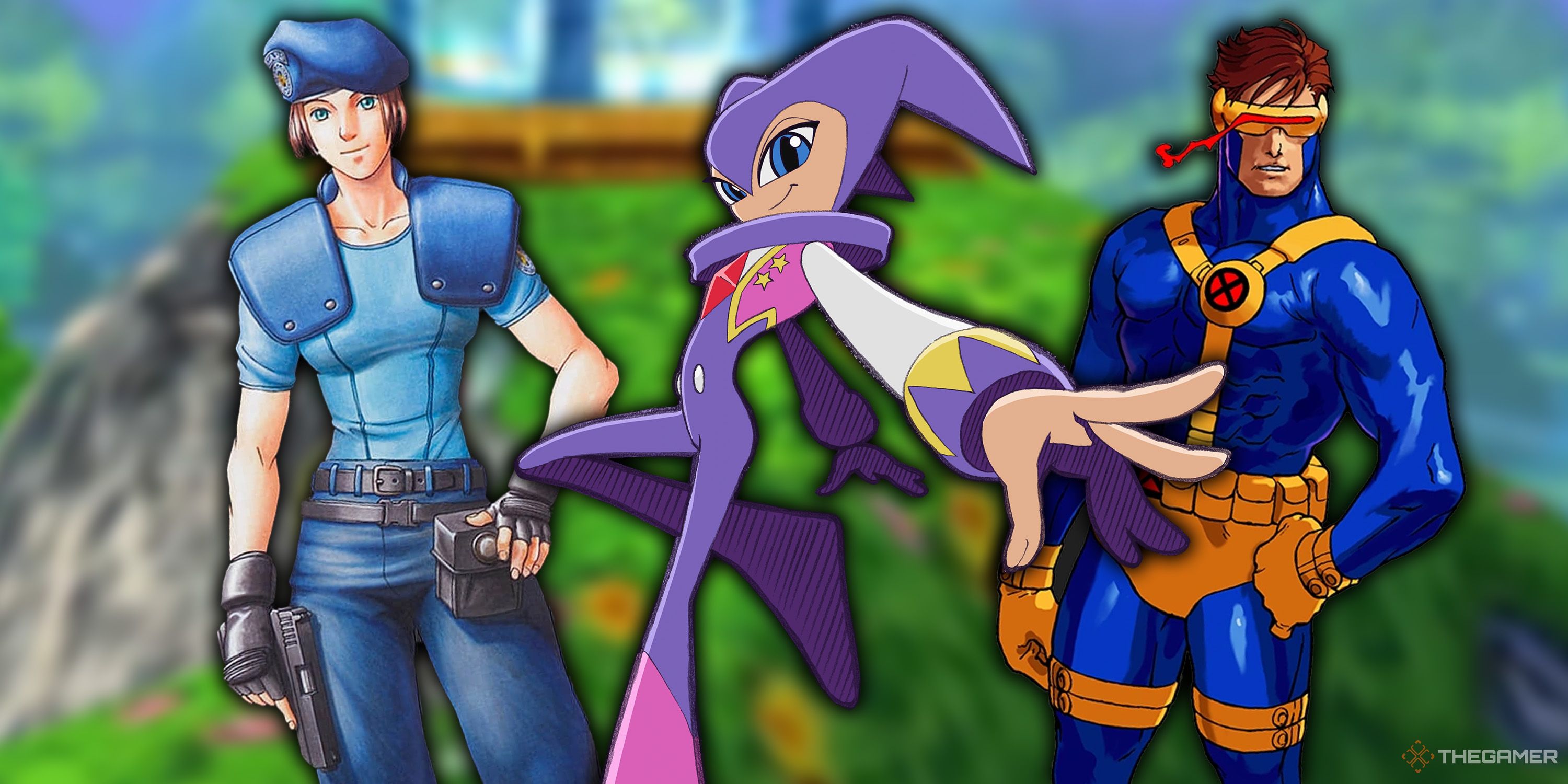
Next
18 Sega Saturn Games That Still Hold Up
While the PlayStation, Xbox, and Switch reign supreme now, Sega was once a trend-setting console brand. These games for the Saturn are still good now.

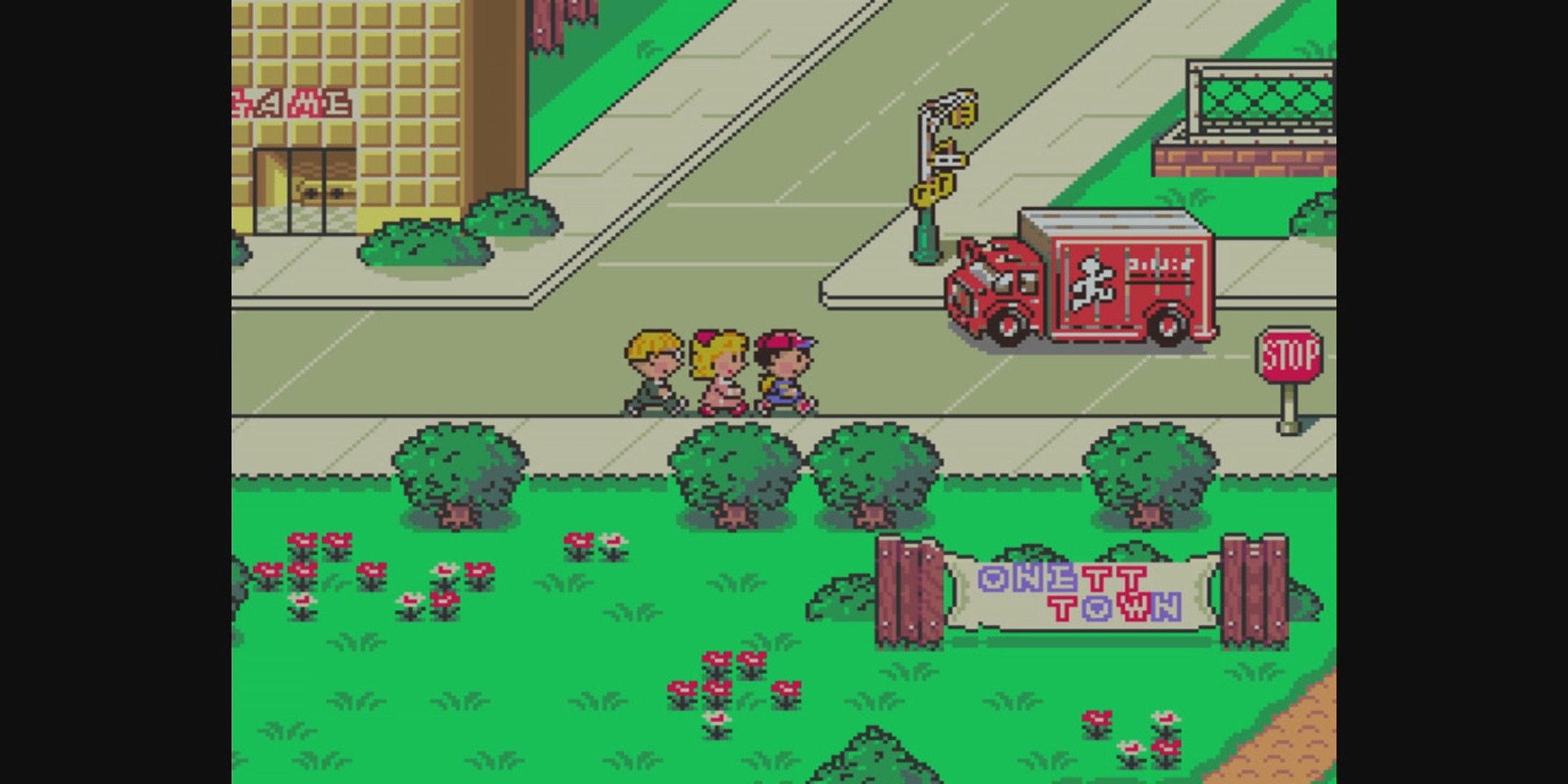
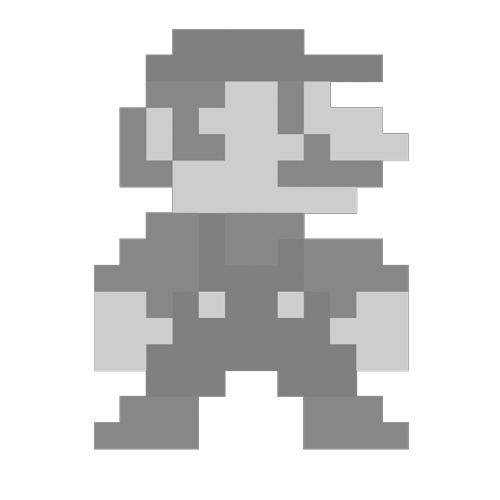
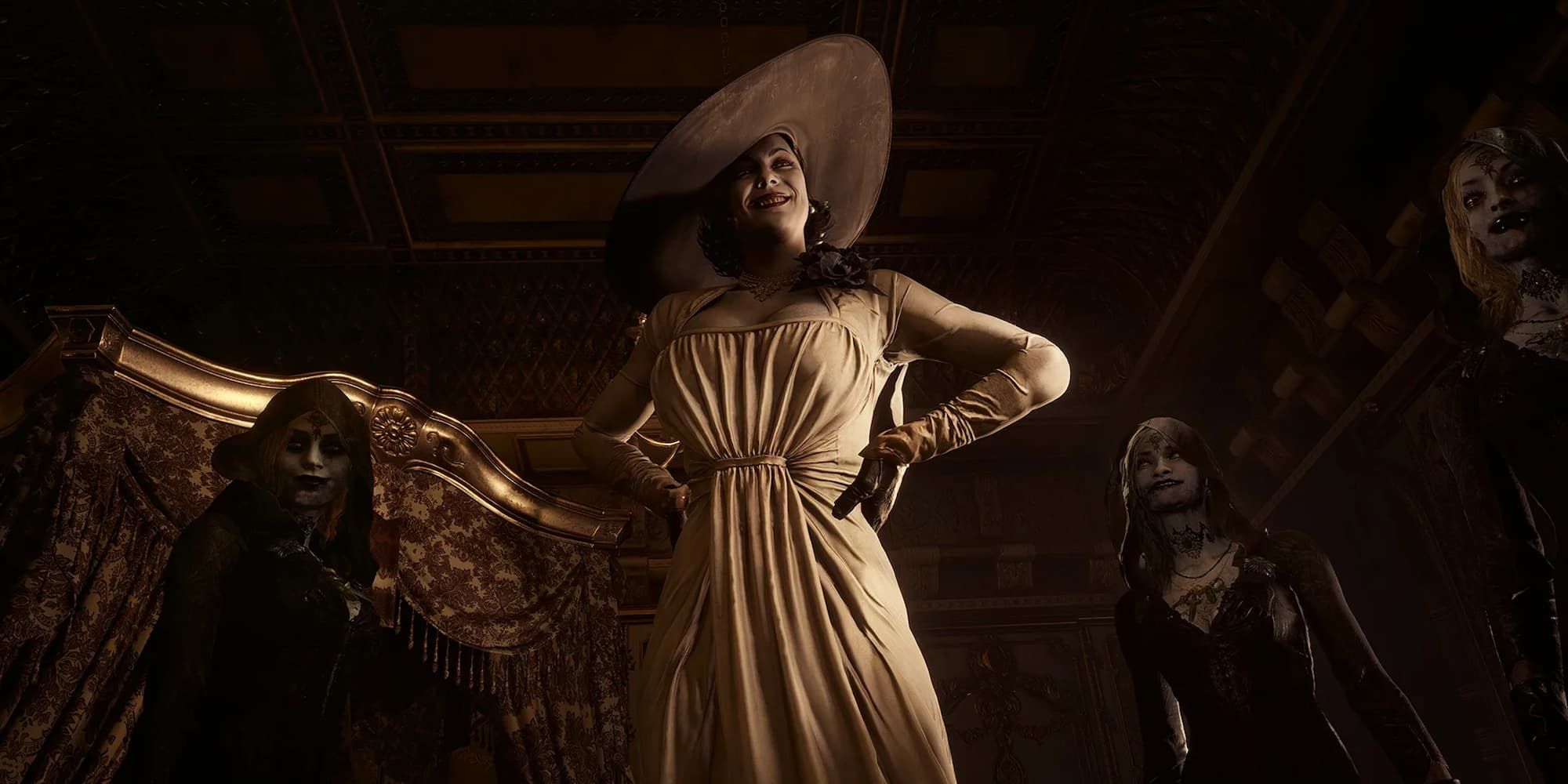
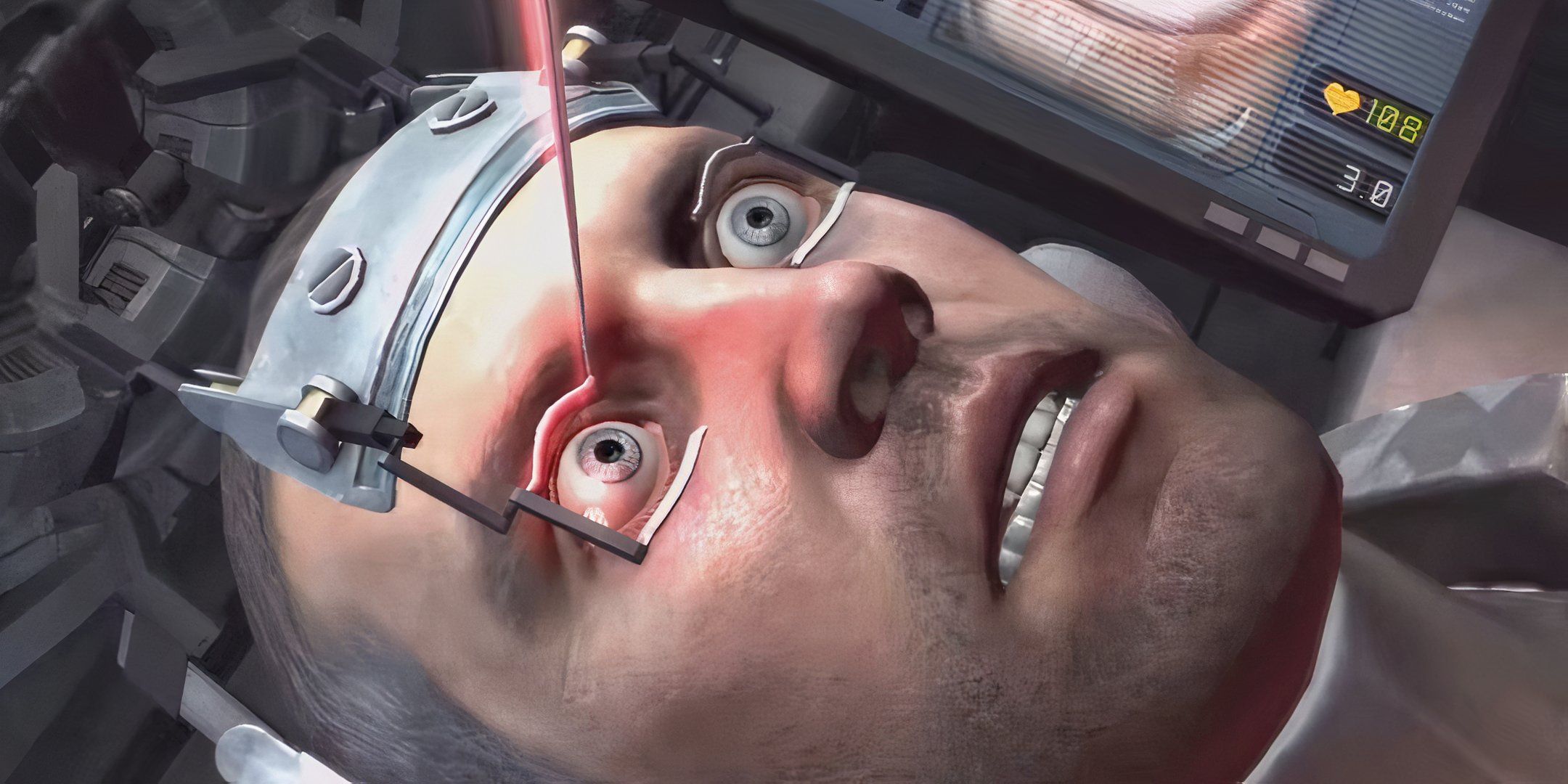
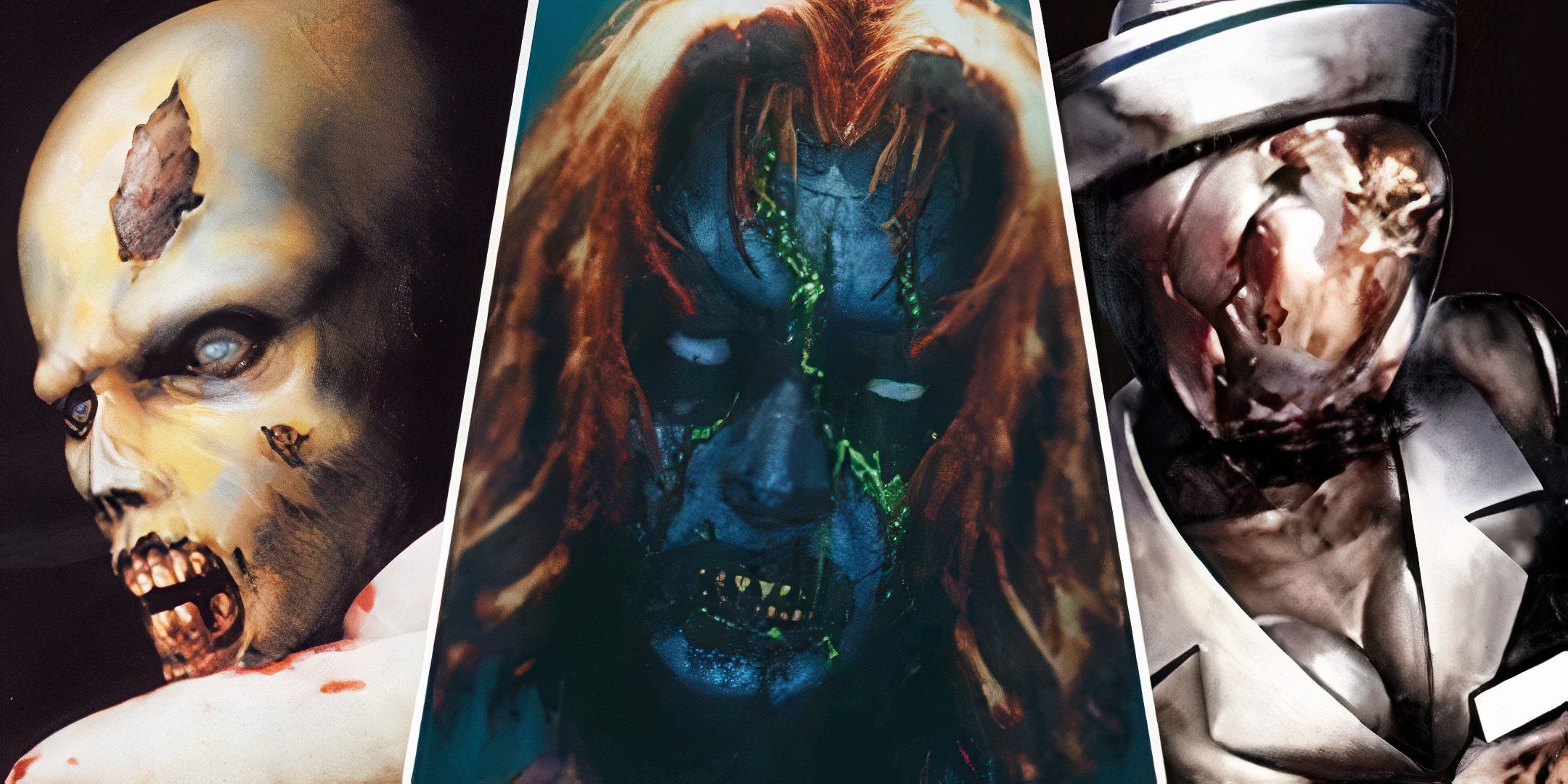
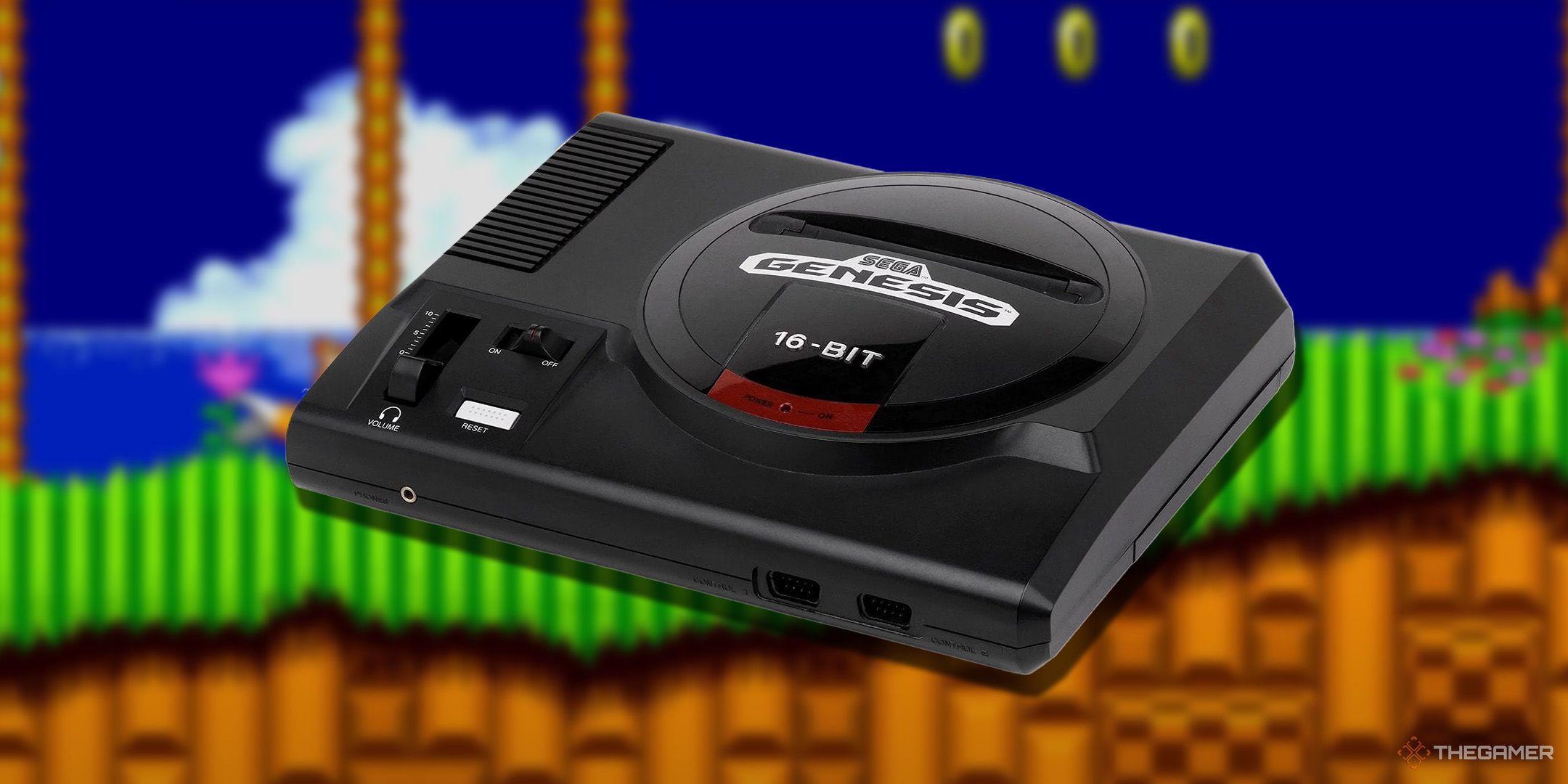
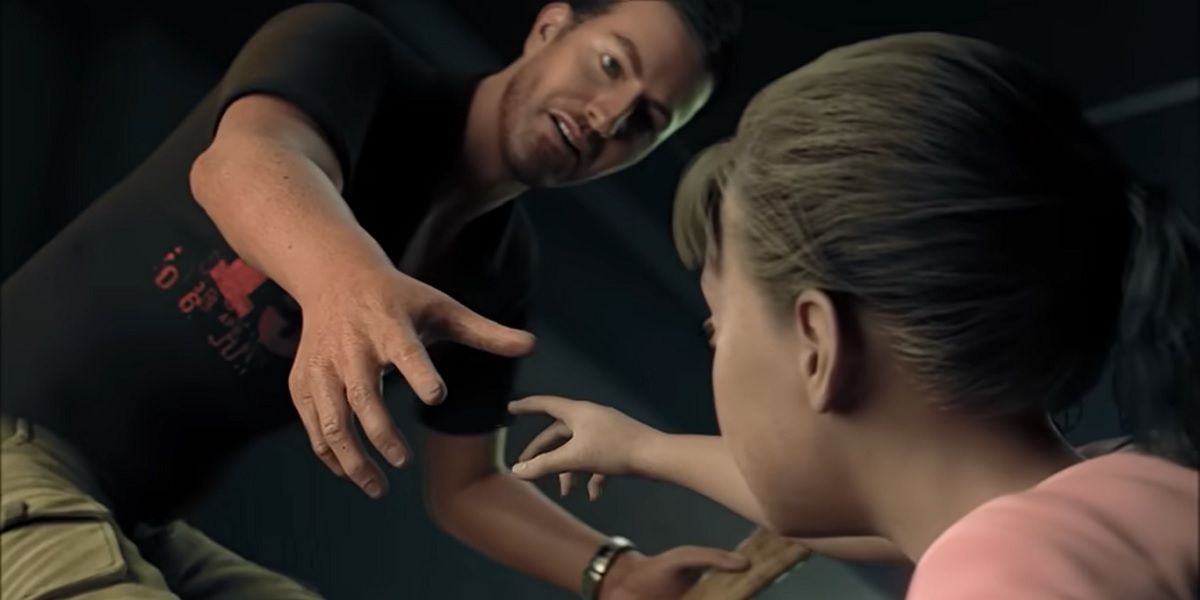
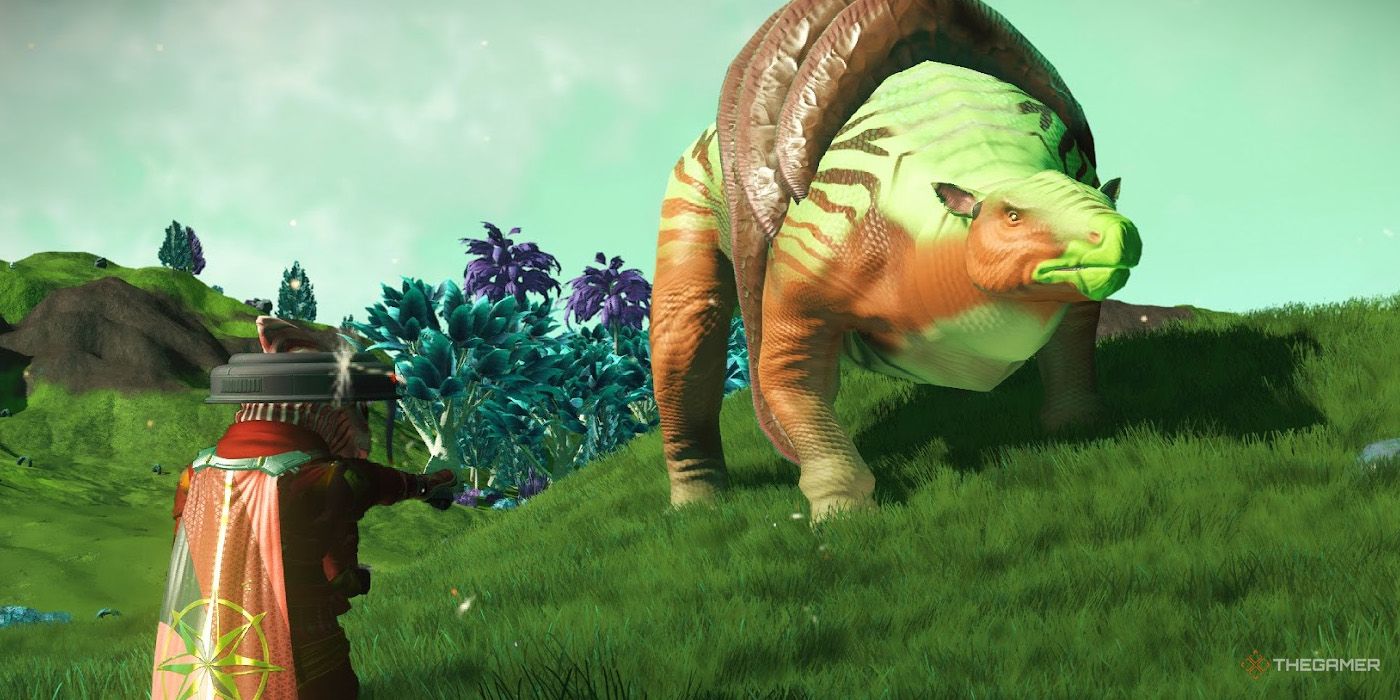
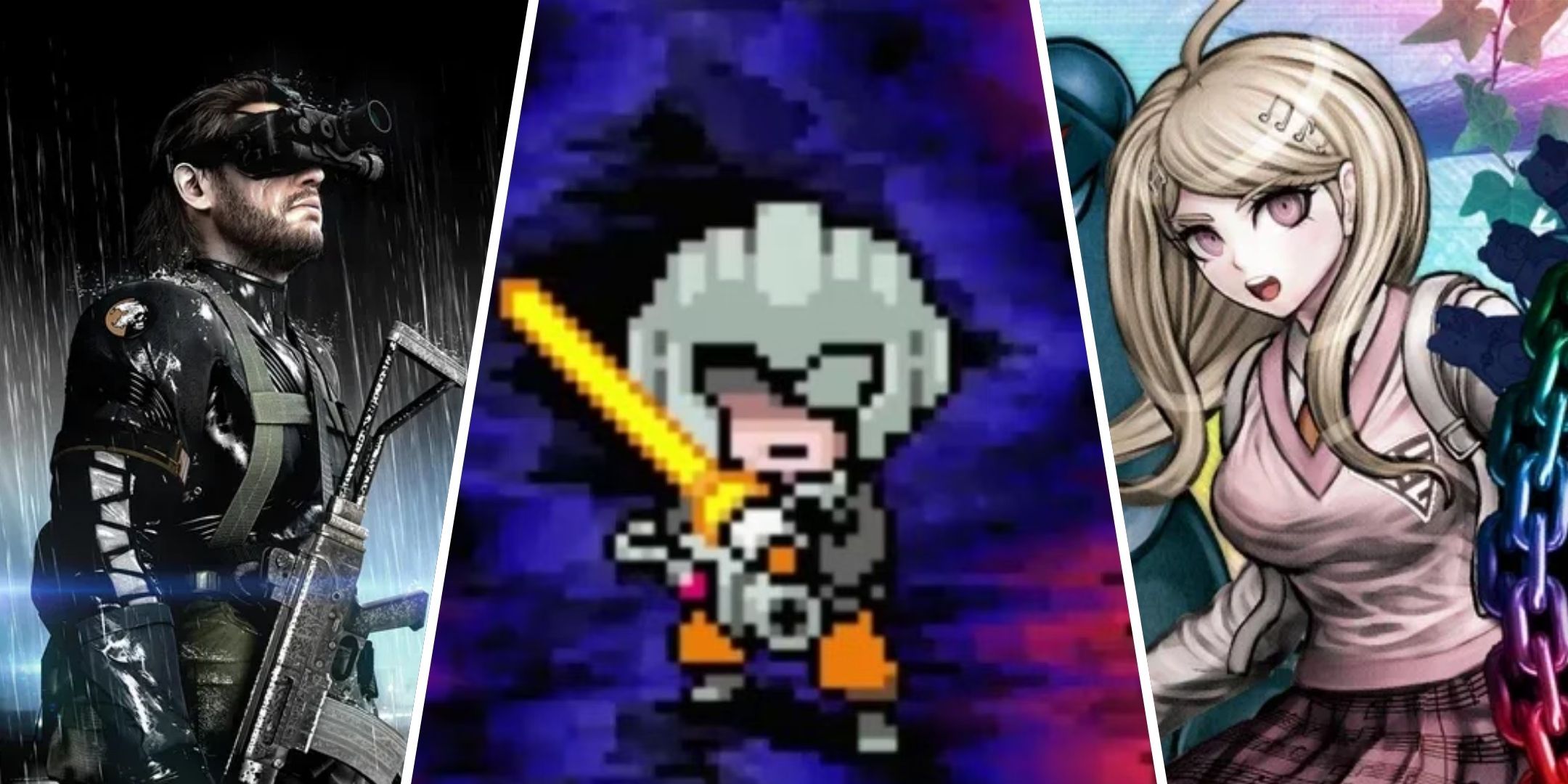
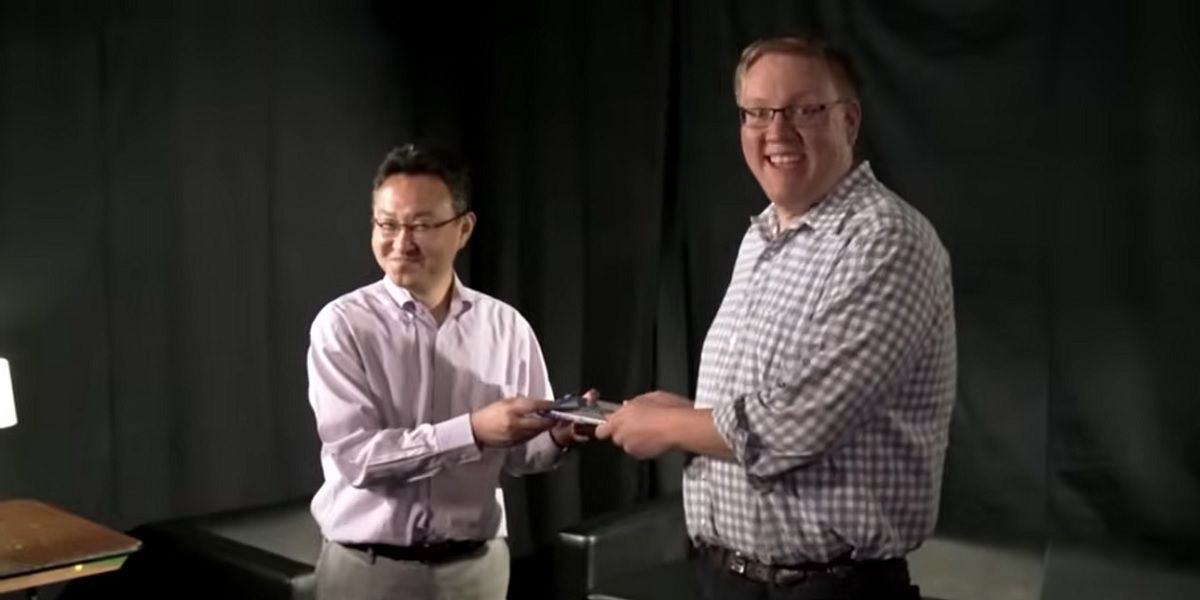
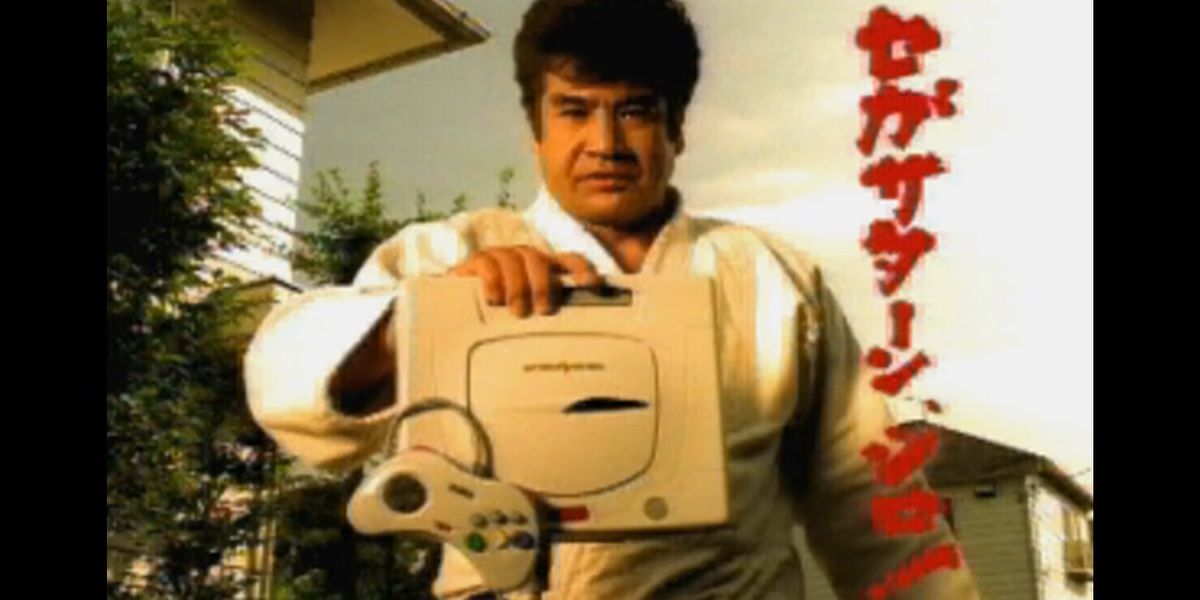





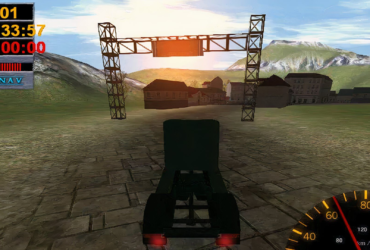
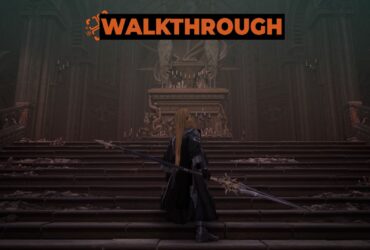


Leave a Reply